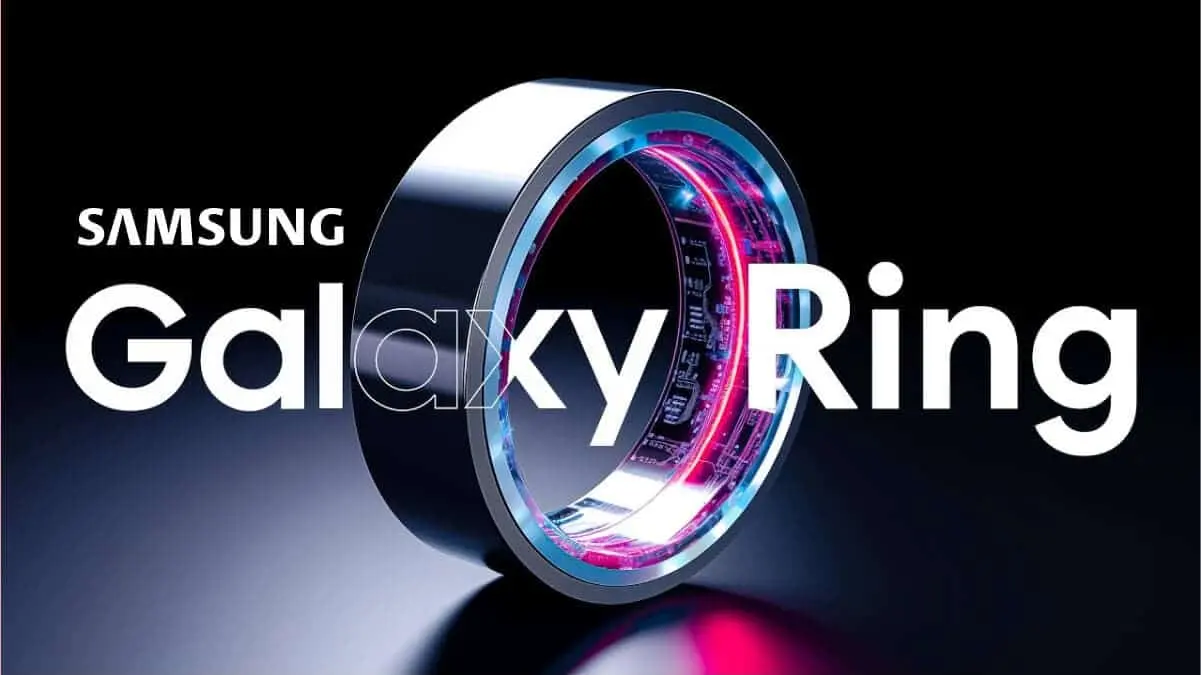Samsung’s latest innovation in wearable technology, the Galaxy Ring, introduces a significant leap in battery performance, promising users an impressive up to nine days of usage on a single charge. This development positions the Galaxy Ring as a standout device in the smart wearable market, particularly for those seeking longevity and efficiency in their devices.
Key Highlights:
- The Galaxy Ring can last up to nine days on a single charge, surpassing many competitors in the wearable segment.
- It features health-tracking capabilities, including blood oxygen saturation and sleep monitoring, without the need for a display.
- Samsung plans to launch the Galaxy Ring in the second half of 2024, available in various colors and sizes.
The Samsung Galaxy Ring marks a significant advancement in wearable technology, particularly in the realm of smart rings. This device stands out not only for its impressive battery life, which can last up to nine days on a single charge, but also for its comprehensive health and fitness tracking features. Unlike traditional smartwatches, the Galaxy Ring opts for a display-free design, focusing instead on internal sensors that monitor vital health metrics such as heart rate, blood oxygen saturation (SpO2), steps, workouts, and sleep quality. These metrics are easily accessible through the Samsung Health app, providing users with detailed insights into their physical well-being.
Extended Battery Life and Health Tracking
The Galaxy Ring is designed to serve as a health-tracking device that merges seamlessly into the user’s daily life. Its extended battery life is achieved partly due to the absence of a display, a common power drain found in smartwatches. This design choice allows the device to offer up to nine days of usage before needing a recharge, a feature that places it ahead of competitors like UltraHuman and RingConn, and potentially outperforming the Oura ring.
Charging and Functionality
Charging the Galaxy Ring is convenient, utilizing pogo pins and a special adapter. While it may lack GPS capabilities for outdoor workout tracking, it compensates with a suite of sensors on the inside for monitoring heart rate, SpO2 levels, steps, workouts, and sleep. These metrics are synced with the Samsung Health app, providing users with a comprehensive overview of their health and wellness.
Availability and Pricing
Expected to launch alongside Samsung’s next generation of foldables, wearables, and tablets, the Galaxy Ring will be available in three colors: platinum silver, gold, and ceramic black. It aims to fill the market gap between the Galaxy Fit 3 and the Galaxy Watch 6, with a price range likely set between $100 and $200.
AI Integration and Market Position
The Galaxy Ring distinguishes itself with the integration of machine learning AI, enabling it to collect and analyze user data to offer personalized health insights. This feature is part of Samsung’s broader strategy to incorporate AI across its ecosystem, enhancing the user experience and interconnectivity between devices.
The Samsung Galaxy Ring represents a significant stride forward in wearable technology, particularly in battery life and health tracking. Its design philosophy emphasizes minimalism and efficiency, offering users a device that requires less frequent charging without sacrificing functionality. The integration of AI for personalized health insights further underscores Samsung’s commitment to innovation and user-centric design. As the wearable market continues to expand, the Galaxy Ring is poised to carve out a niche for those seeking a blend of convenience, longevity, and health-focused features. Its launch later this year will undoubtedly be met with anticipation from tech enthusiasts and health-conscious consumers alike.



















